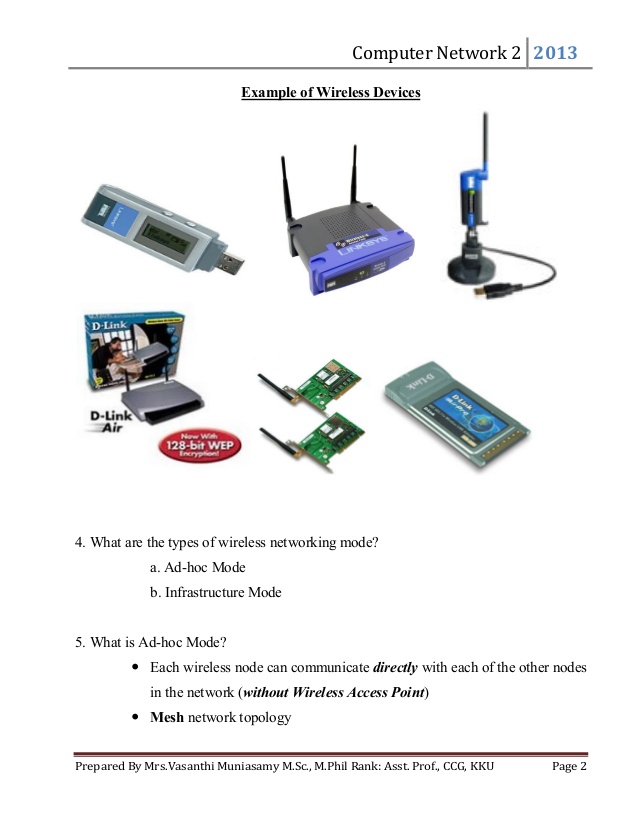- Basic Computer Hardware Troubleshooting Pdf
- Basic Computer Hardware Mcq Pdf
- Parts Of A Computer Pdf
- Basic Computer Hardware And Software Pdf
- Computer Fundamentals

- Computer hardware refers to the physical parts or components of a computer such as the monitor, mouse, keyboard, computer data storage, hard drive disk (HDD), system unit (graphic cards, sound cards, memory, motherboard and chips), etc.
- Basic Computer Configuration Hardware vs. Software. Hardware is any part of your computer that has a physical structure, such as the computer monitor or keyboard. Software is any set of instructions that tells the hardware what to do. It is what guides the hardware and tells it how to accomplish each task.
- Figure 1 Common computer hardware components include the keyboard, mouse, microphone, scanner, Web cam, printer, monitor, speakers, system unit, hard disk drive, external hard disk, optical disc drive(s), USB flash drive, card reader/writer, memory.
BASIC COMPUTER LITERACY Minto Literacy Council CASP Facilitator: Joan Perry 327-3713 COURSE OVERVIEW: This course is intended to introduce the student to computer capabilities and computer terminology. It is geared towards those who have no previous computer knowledge or related work exposure. The contents of this course follow the. RESTRICTED 6 RESTRICTED CHAPTER TWO BASIC COMPONENTS OF A COMPUTER SYSTEM THE COMPONENTS OF A COMPUTER A computer contains many electric, electronic and mechanical components known as hardware. These components include input devices, output devices, a system unit, storage devices, and communications devices.
- Computer Useful Resources
- Selected Reading
Basic Computer Hardware Troubleshooting Pdf

Basic Computer Hardware Mcq Pdf
Hardware represents the physical and tangible components of a computer, i.e. the components that can be seen and touched.

Examples of Hardware are the following −
Input devices − keyboard, mouse, etc.
Output devices − printer, monitor, etc.
Secondary storage devices − Hard disk, CD, DVD, etc.
Internal components − CPU, motherboard, RAM, etc.
Parts Of A Computer Pdf
Relationship between Hardware and Software
Basic Computer Hardware And Software Pdf
Hardware and software are mutually dependent on each other. Both of them must work together to make a computer produce a useful output.
Software cannot be utilized without supporting hardware.
Hardware without a set of programs to operate upon cannot be utilized and is useless.
To get a particular job done on the computer, relevant software should be loaded into the hardware.
Hardware is a one-time expense.
Software development is very expensive and is a continuing expense.
Different software applications can be loaded on a hardware to run different jobs.
A software acts as an interface between the user and the hardware.
If the hardware is the 'heart' of a computer system, then the software is its 'soul'. Both are complementary to each other.